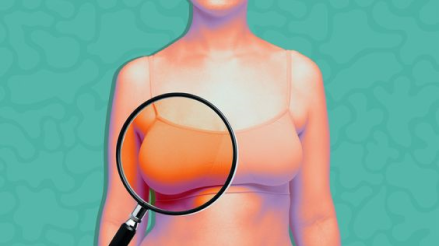You may also like…
Galactorrhea
Galactorrhea is a medical condition in which a person, typically a woman, produces breast milk or milk-like fluid from their breasts when they are not pregnant or breastfeeding. It can be caused by various factors, primarily due to hormonal imbalances, medication side effects, or specific medical conditions, such as a pituitary tumor.
Causes:
Hormonal Imbalances: Galactorrhea is often the result of increased levels of prolactin, a hormone that stimulates breast milk production. This condition, known as hyperprolactinemia, can be caused by an overgrowth or abnormal functioning of the pituitary gland.
Pituitary Tumor: A pituitary tumor is an abnormal growth in the pituitary gland, leading to excess prolactin production and galactorrhea.
Other Causes: Galactorrhea can also be triggered by conditions like hypothyroidism, chest wall injury, herpes zoster infection, stress, and the use of certain medications, especially those that block dopamine receptors or contain estrogen.
Diagnosis:
To diagnose galactorrhea, healthcare providers typically conduct several tests:
- Blood tests to measure prolactin levels. (A prolactin level greater than 25 ng/mL can trigger galactorrhea)
- Imaging, such as MRI or CT scans, to check for pituitary tumors.
- Evaluation of other hormonal levels to rule out contributing factors.
Treatments:
The treatment for galactorrhea depends on its underlying cause:
- For hormonal imbalances and some medication-related cases, adjusting or discontinuing the medication may resolve the condition.
- In cases where a pituitary tumor is responsible, treatment may involve medication to shrink or control the tumor, or in some cases, surgery.
- Other causes are addressed by treating the underlying condition, such as managing hypothyroidism or infections.
Outcomes:
The prognosis for galactorrhea largely depends on its underlying cause and how well it responds to treatment. In many cases, addressing the root cause can alleviate the symptoms and allow a return to normal breast function.







